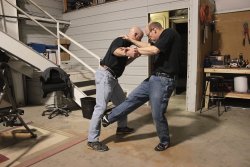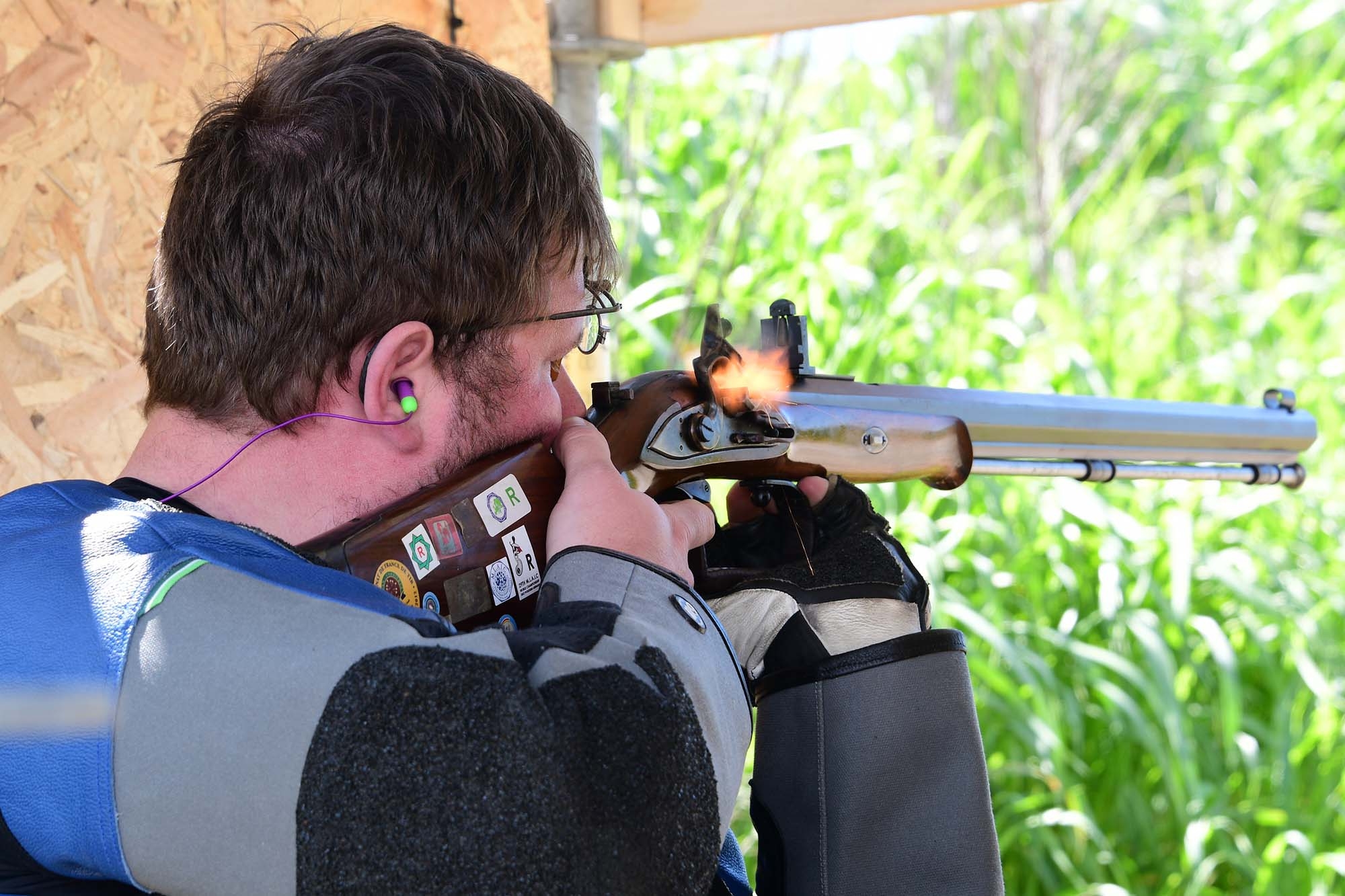Welcome to the first installment of our series about self-defense. The aim of the series is to teach simple and realistic defense techniques that you can include in your training program. In addition, we want to explain the key elements of practical self-defense as well as the differences to martial arts in order to improve your overall preparation and self-defense readiness.
True self-defense is simple, direct and effective! Therefore, good self-defense techniques should have certain fundamental qualities in common that allow the user to perform them with ease and spontaneity even under the stress of a real attack.
Self-defense: good defense techniques should have the following qualities...



-
Simple:
techniques that require many complicated movements are difficult to learn. It becomes even more difficult if one wants to execute such complex techniques quickly and depending on the situation under the stress of a sudden attack.
Simple, direct defense techniques are therefore a far better choice.
-
Instinctive
: people who are confronted with a surprise, violent attack react inevitably and instinctively. Reactions like the fright reflex are natural, strong instincts that can hardly be trained down.
Instead of ignoring or circumventing them, you should accept and use your instincts (and their natural defensive functions).
An example of such an instinct is to automatically stretch out your arms to keep an attacker away from your body and create distance. Performed as a sustained push, this instinct is not exactly effective in itself, but as a two-handed explosive push or strike, it can be a very effective defensive measure.
-
Powerful:
to stop an aggressor effectively, you must be prepared to hurt him. This means that any kind of resistance should be executed as powerfully as possible and should hit particularly weak, vulnerable parts of the opponent.
Learn to use the natural power of the body and its strongest weapons - such as kicks and stomp kicks.
-
Create a way to escape
: the ultimate goal of self-defense is not to "win", but to escape the situation safely and unharmed. The easiest way to achieve this is to limit or destroy the attacker's ability to follow us and continue the attack.
Therefore, weak points such as eyes, throat or legs should be targeted for countermeasures.
Because the concept applies:
"If he can’t see, breathe or stand upright, he can’t fight"!
-
Must function in confined spaces:
an aggressor will always attack if the situation seems advantageous to him. In many cases, criminal assaults occur when the potential victim is more or less trapped in confined areas without escape or maneuvering possibilities. Some examples: corridors, stairwells, elevators, garages or parking lots. These places clearly limit our possibilities of resistance with regard to footwork and techniques that require a lot of space for execution.
Therefore, effective self-defense techniques must be compact and applicable in confined spaces.
- Versatility : in order to react appropriately to a surprise attack, you must first identify the attack in fractions of a second, select the appropriate countermeasure and immediately carry it out reflexively in order to protect yourself from injuries. The more special and comprehensive the defensive techniques against different attacks are, the more difficult it becomes to make clear, lightning-fast decisions in an emergency and to execute the defensive action correctly and situationally.
It is therefore better to focus on defense techniques that are effective and functional against a wide range of attacks. Example: if an aggressor fires a swing (boxing hook), a high, vertical blow with a stick or a stabbing movement with a knife, the body mechanics and movement sequences are more or less identical. Rather than seeing and treating them as three different attacks, each with a different resistance reaction, it is better to perceive the consistent elements of the attacks and recognize that different attacks can be successfully fended off with one and the same technique.
With these principles of effective self-defense in mind, the first part of this series is dealing with one of the most common attacks on the street: the right swing or hook, the defense against which we show you in the pictures in this article.
Read also: Facing threats: are you “situationally aware”? , Close quarters combat and proximity shooting and Comparison: ten pepper sprays for self-defense on all4shooters.com










